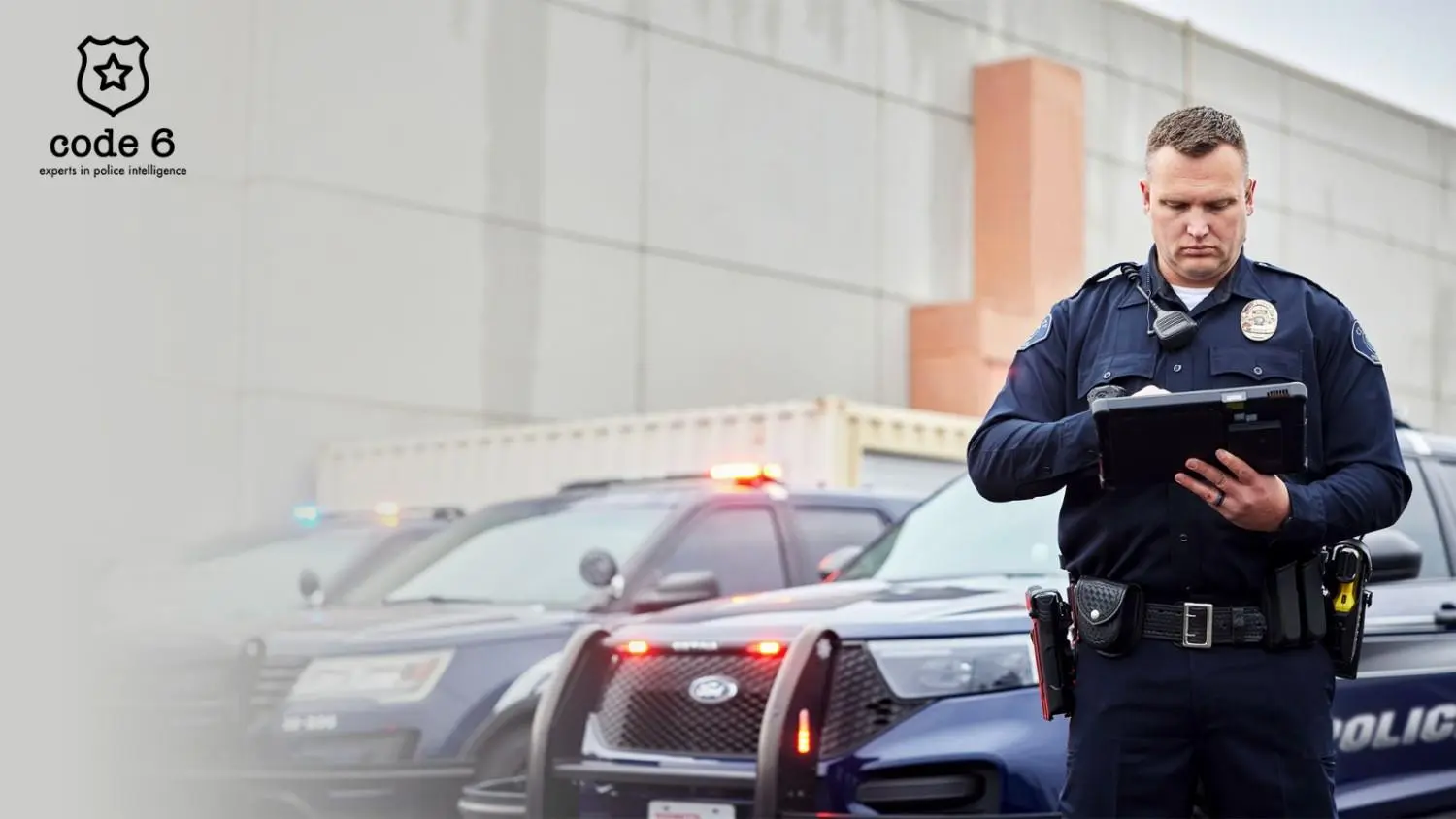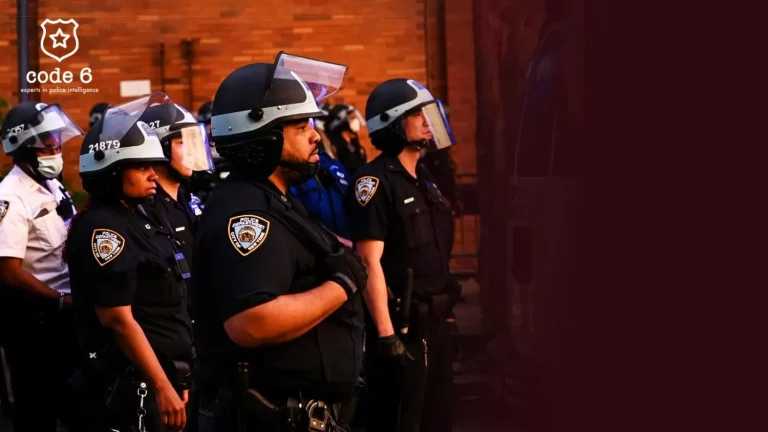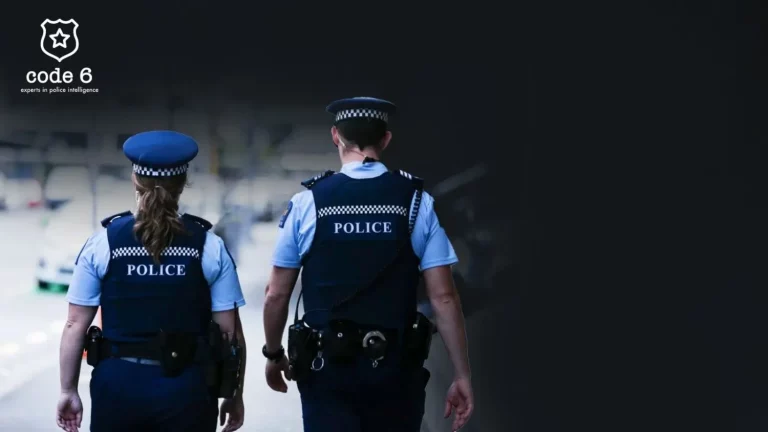Introduction
These days, policing is much more than patrolling neighborhoods and responding to 911 calls. Policing now relies on technology, data, and strategy to help communities protect themselves more effectively and efficiently. But with the benefits of technology also come challenges. The Technical Policy Review (TPR) assesses the policies of law enforcement agencies to make sure they are effective, ethical, and able to keep up with the future.
The Evolving Landscape of Policing
A. Technological Advancements in Law Enforcement:
From body-worn cameras and automated license plate readers to predictive analytics and facial recognition – technology is revolutionizing how policing is conducted. However, with new tools comes the necessity for guidance – and without the proper policies, even the best technology can be misused or backfire.
B. Changing Legal and Regulatory Requirements
Laws evolve as society evolves. There is growing public concern over privacy, data sovereignty, data security, and use-of-force transparency. In order for departments to comply with laws and effectively manage public expectations surrounding their privacy policies, they must continually update their policies to reflect new, regardless of which product they purchase.
C. Globalization and Transnational Crime:
Currently, cybercrime, human trafficking, and terrorism often cross borders. Local police agencies need current policies to help them work collaboratively and efficiently with national and international partners. Outdated processes don’t cut it when it comes to global threats
Benefits of Technical Policy Review:
A. Enhancing Operational Efficiency:
As agencies review and revise policies, they can eliminate outdated practices. For instance, having a readily available electronic evidence handling policy has the potential to reduce confusion, time, and administrative errors.
B. Improving Compliance and Accountability:
When agencies engage in a full policy review, it assures that officers will act within the law and procedural guidelines of the department. When everyone is clear on the rules – especially concerning sensitive technology like surveillance devices – the ability to hold them accountable to those expectations is much easier.
C. Minimizing Legal and Ethical Risks:
Without adequate current policies, departments expose themselves to lawsuits, public backlash, and the potential destruction of public trust. A technical policy review minimizes those risks by being proactive in identifying and eliminating potential blind spots.
D. Facilitating Better Decision Making:
Policies provide solid parameters within which to operate decision-making. When situations arise – either a cybercrime incident or a protest situation – having an updated, practical policy for officers to reference obviates the need to make instantaneous decisions. Officers can react appropriately and in a timely manner.
The Process of Conducting a Technical Policy Review
A. Assessing Existing Policies:
To develop a policy around technology, it is important to take stock. If you are developing a policy, first determine whether current policies align with the current tools and technologies used. This include reviewing documentation, interviewing personnel (staff), and observing the applications of the policies in the field.
B. Identifying Gaps and Areas for Improvement:
Once the review is completed, and policies are established, gaps can be identified. Maybe there is no policy with respect to encryption of data. Maybe there is a policy related to drone surveillance but it hasn’t been updated since the original documents issued years ago. Identifying these gaps is the first step toward real change.
C. Developing Updated Policies:
At this stage, you will be drafting a clear, reasonable, and enforceable policies. If possible, you will collaborate with the agency’s legal department, technical staff, and first-line officers to ensure the policies are realistic, comprehensive, and within the law.
D. Implementing and Communicating Changes:
Policy won’t mean anything if people don’t understand them. Departments need to implement learnings with briefings, training, and accessible documentation. A change management plan may help with successful adoption.
E. Monitoring and Continuous Improvement:
Policy review is not a one-off activity. With advancements in technology, policies must change and update as well. Designing for ongoing evaluation will help agencies stay in front of issues.
Case Studies of Successful Technical Policy Reviews
Example 1: Police Department’s Adoption of Body Cameras:
When body-worn cameras went from a European oddity to common use in America, many agencies skipped policy creation and blindly adopted systems. One city police department did not. They conducted a review of police policy, clarifying body-worn camera usage, storage, public access, and creating a policy with all pertinent considerations in the singular document. The outcome was more transparency, fewer complaints with no merit, and the renewed trust of the community.
Example 2: Integration of Data Analytics in Crime Fighting:
Another department sought to use police predictive policing tools. Before launching, they conducted a review of policies related to data bias, fraud accountability, public reporting, and over interpreted use of policing results. Following the contributions from the review, the department revised protocols that defined misuse and automated the ethical use of analytics.
Example 3: Cybersecurity Policies in Law Enforcement:
With increasing cyber risk, one state’s police force started over on its cybersecurity policies. The police authorities technical review process allowed for identification of deficiencies to patch system vulnerabilities, reverse ambiguity on password policies, and train officers on phishing threats, which ultimately lowered the risk of exposure to attacks significantly.
Challenges in Technical Policy Review:
A review is not often an easy process. Barriers to effecting change, such as resistance to change, lack of technical capacity, budget limitations, and bureaucratic delays can negatively hinder the process; however, organizational buying in leadership, planning, and the right people around the table can all lessen the difficulty level.
Conclusion:
Modern policing is not only about catching criminals; rather, it is about catching criminals in the right way that has transparency, accountability, and efficiency. A Technical Policy Review allows police agencies to adjust to new realities, minimize risk, and serve the community more regularly.
By consistently reviewing and updating policies, police agencies can turn challenges into opportunities, enhance their public trust with communities, and be better prepared for the future.




